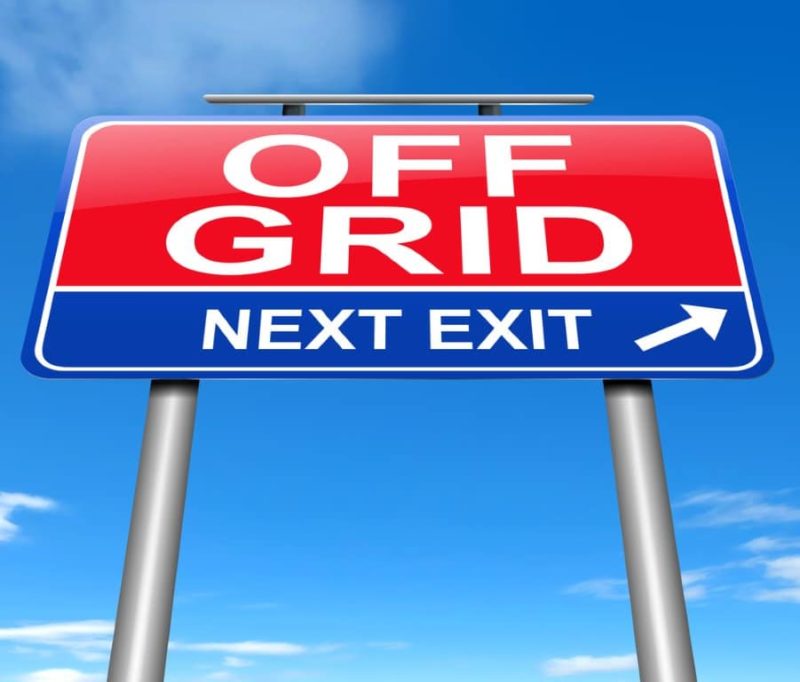Infrastructure vs. Extortion Structure, and Economies of Scale vs. Monopoly and Coercion
Infrastructure vs. Extortion Structure, and Economies of Scale vs. Monopoly and Coercion https://csuiteold.c-suitenetwork.com/advisors/wp-content/themes/csadvisore/images/empty/thumbnail.jpg 150 150 MIchael and Bonnie Harvey https://secure.gravatar.com/avatar/dfe7dbddd973f4b41b9f0e9b47ad6323?s=96&d=mm&r=g
We’ve seen the real effects of climate change: More evaporation, heavier rain, warmer waters, higher temperatures, longer and hotter heat waves, increased brush growth, increased dry fuel, downed power lines, wildfires, heavy winds, firestorms, unhealthy air, loss of housing, loss of business, loss of forests, loss of life, higher utility rates, higher taxes, higher insurance prices. YIKES.
A hundred years ago, a centralized power and distribution structure seemed like a good idea. Cheap power with the cost of infrastructure spread out over a long period of time. Power companies were even telling us to use more power in the 1950s and ‘60s! And why not? It was so cheap!
But fast-forward to the ‘90s and the aging infrastructure and conventional power generation required more money. But because the power company monopoly was the only one in town, they simply raised the rates. By the early 2000s, they told us to cut back. And the costs were going up—of course we should cut back.
Addressing the Elephant in the Room
Because “underground was too expensive” as the system expanded, they decided to use high-tension lines through forests. These overhead lines came with astoundingly expensive liability, ironically enough. So is the cost of undergrounding lines still too pricy?
At the same time, regulators allow power companies to increase their rates—they were “too big to fail”. Does this sound familiar? Recently, we even read that the power company agreed to pay to make up for municipal costs during the fires. But where does this money come from?
It all comes down to this: When an infrastructure-based company grows to be big enough, they can just raise the rates, and regulatory agencies will allow it.
The Silver Lining
The good news? The movement to go off the grid keeps growing. The local Sutter Hospital just finished putting elevated solar panels all over their parking lot. Their spokesman, Shaun Ralson, said, “The impetus is really sustainability and self-reliance so that we don’t have to rely on PG&E.” He then said, “There’s a desire to be off the grid because we don’t want to deal with the vulnerability.” For any business or even your home, this is food for thought. This solar initiative will provide enough power to service 500 patients.
But back to the wires and fires. Not only will the power company charge their customers for their own mistake of creating a dangerous infrastructure, but now they’re also cutting power during periods of high fire risk. Hospitals must run 24/7/365. They can’t afford to depend on an unreliable system.
And—don’t we need power to pump water to put these fires out? And don’t we need power to operate the electrical doors and gates that block our escape? What about the hospital patients that are on life support? Power shutdowns are dangerous as is, but now that we rely on vulnerable infrastructure, shutdowns are the lesser of two evils.
In the end, real freedom is a form of onsite power production, or at least small micro-grids with local power generation. The sooner we reach this goal, the better.
Moving Forward: Rethinking corporate infrastructure
Forces like climate change and terrorism can lead us to rethink how we rely on corporate infrastructures. We can no longer afford to financially support their mistakes. But what we can afford is an alternative method of home power generation. Solar costs are at record lows, meaning it’ll pay for itself even more quickly considering the increases in mainstream power costs.
Advances in wind power, better batteries, and fuel cells running on biogas are all waiting for you. Have you considered pulling the plug?
Gold was first discovered in old California, at Sutter’s Mill. Maybe Sutter Hospital has discovered the new form of gold. Many of us have already cut the cord that connected us to landline phones and cable television. Is the power cord the next to go?
For more, read on: http://c-suitenetworkadvisors.com/advisor/michael-houlihan-and-bonnie-harvey/


